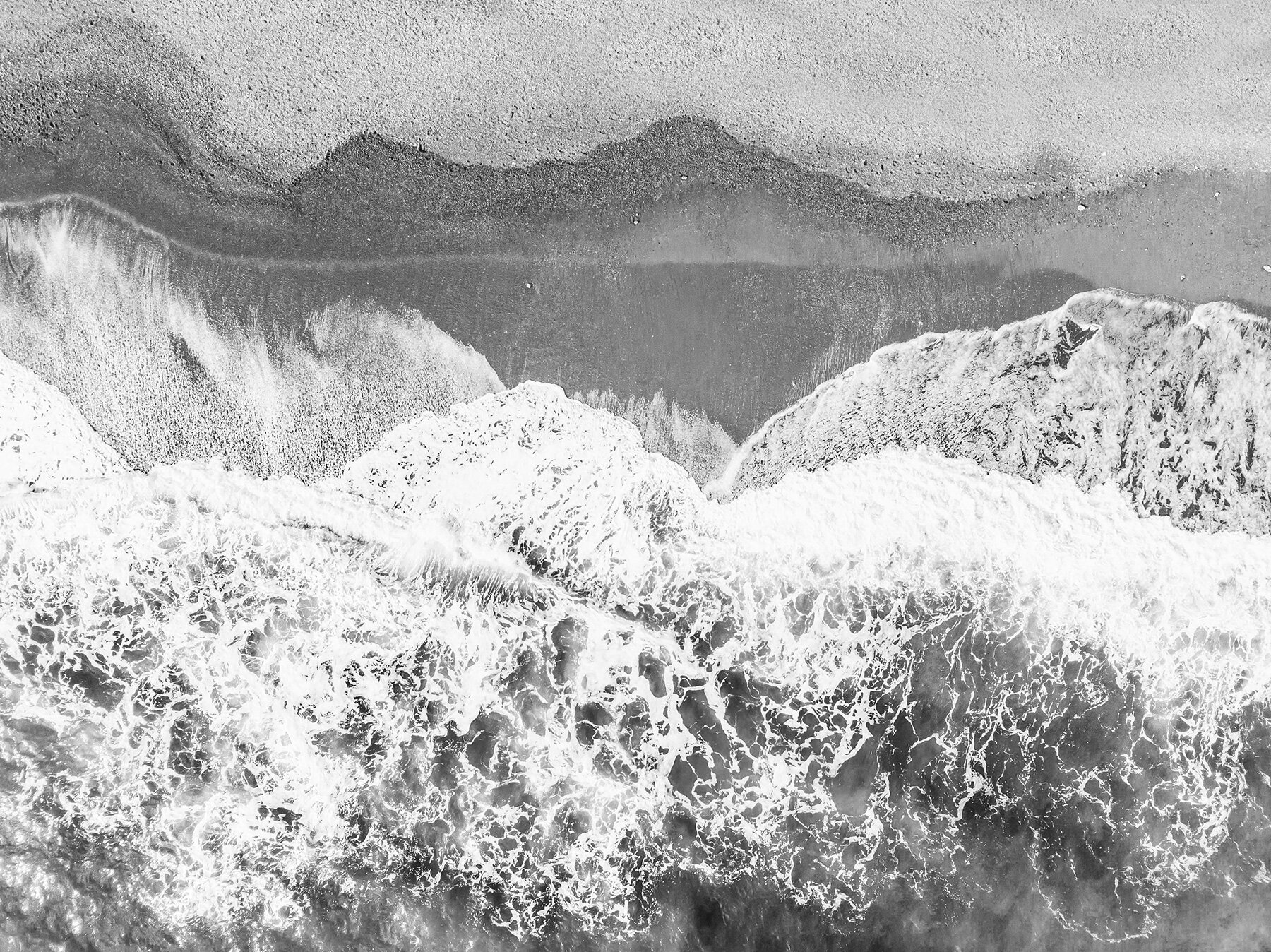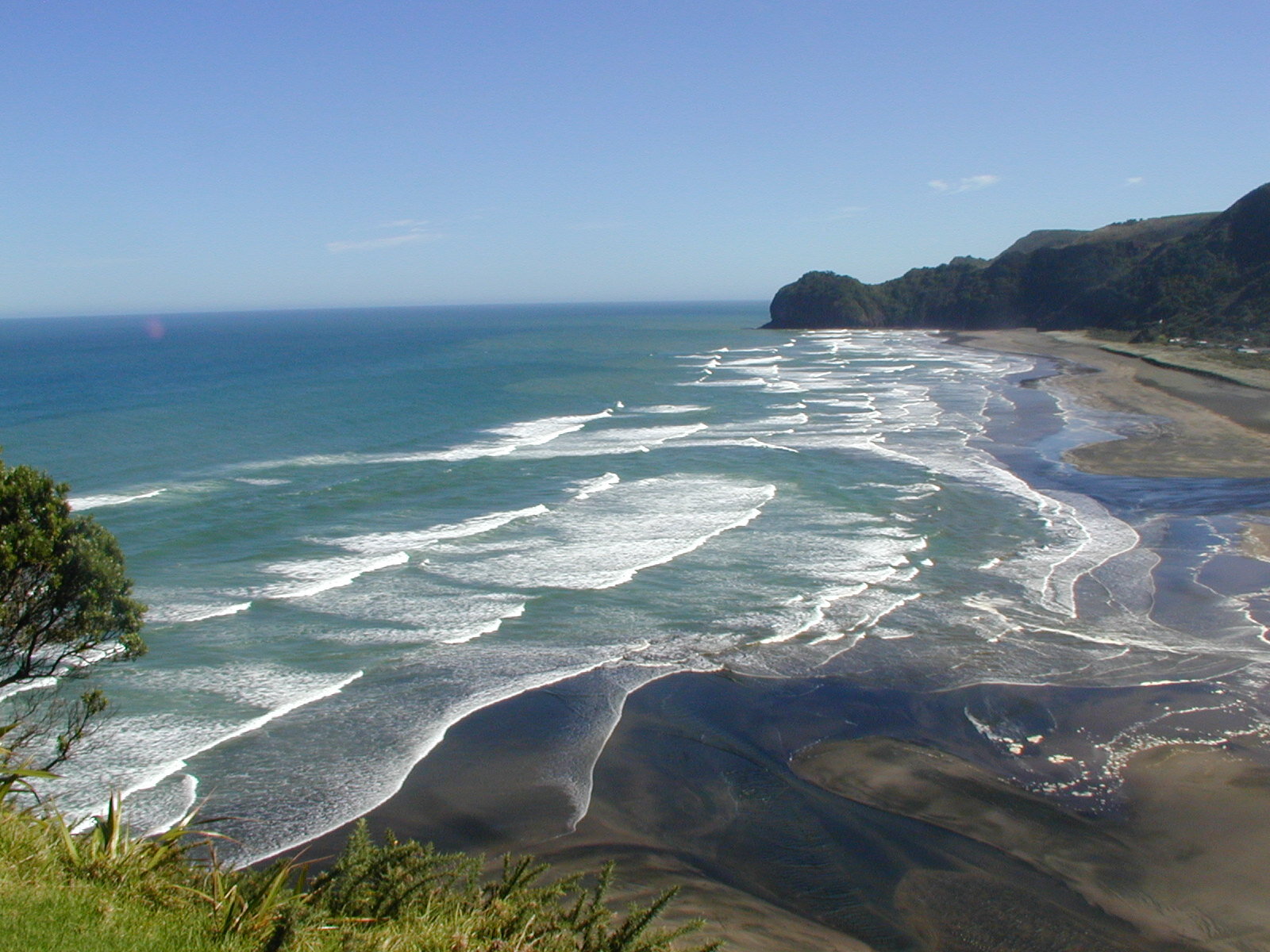
Learn about the different types of rips
The 3 Most Common Types of Rips
Channelised Rips
Boundary Rips
Flash Rips

Channelised Rips
There are many different kinds of rips that occur on beaches and they can have different visual clues. The most common type is a channelized rip. These rips occupy deep channels between sand bars and they can stay in place for days, weeks and even months. These are the classic ‘dark gap’ rips and may also erode a telltale embayment along the shoreline.
Boundary Rips
Boundary and structural rips are found against headlands and other structures like jetties and piers that reach out into the ocean and lakes. These rips are generally channelised and can appear as dark gaps of deeper water.

Flash Rips
But one of the most dangerous and unpredictable rips is the flash rip. These rips can form quickly and without warning often as a result of a sudden increase in wave size or frequency. They are short-lived and can form and disappear at different locations along the beach and appear as turbulent streaks of water and sand.
Rip currents on the Great Lakes
The 5 Great Lakes of North America make up the largest body of freshwater on earth. Spanning 95,000 square miles – larger than the state of Texas.
Since 2010 there have been over 1,000 drownings on the lakes and more than half of these fatalities have occurred on Lake Michigan. Rip currents are responsible for a large percentage of these tragedies.
Structural Rip Currents on the Great Lakes
On the great lakes piers, jetties and lighthouses are common – and they inevitably attract swimmers and tourists. But they’re also magnets for rip currents.
With the right combination of wave direction and activity these structures can quickly create a powerful current shooting directly into deeper water off shore – with what’s known as a structural rip or boundary rip.
Structural rips are responsible for the majority of rip current rescues and tragedies on the great lakes.
Learn more about structural or boundary rips on the great lakes by watching this segment from rip current rescue featuring Professor Chris Houser, University of Windsor.
For further information on Great Lakes water safety including detailed statistics, public education training programs /presentations and Lifeguard and First Responder in-service training.
Contact Dave Benjamin at the Great Lakes Surf Rescue Project.

For a scientific review of the different types of rips, please look at this article in the scientific journal Earth Science Reviews

















